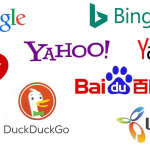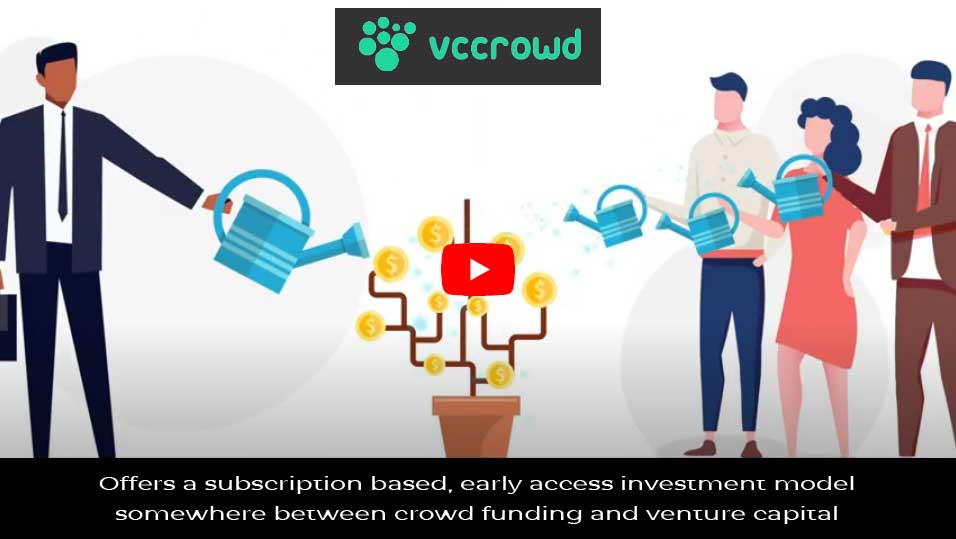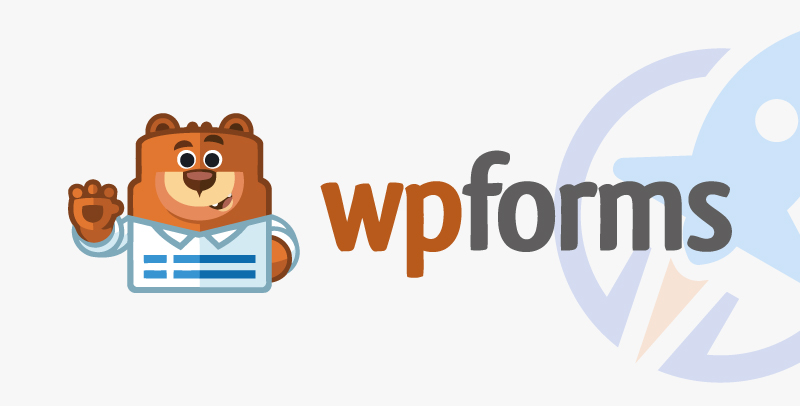For many SaaS and software companies, international sales are a key part of their growth trajectories. Some businesses outgrow their home countries after a seed or startup period that saw initial success domestically, while some businesses founded with niche markets or in smaller countries may need international sales as table stakes on day one.
But with international growth comes a long list of international business concerns about how to appeal to potential customers in new countries. These include how to account for local pricing and preferred local payment methods, varied buyer behaviors, how to display checkouts with local languages, and much more — all of which can be different for every country you want to sell into.
Fortunately, there are some very helpful tools and services available to assist and advise you as your business grows beyond its domestic borders.
In this article, we focus specifically on price localization:
- What price localization is.
- Why it’s so important to optimize pricing for local markets.
- 4 ways a comprehensive, localized pricing strategy can lead to higher profits.
- How FastSpring (a merchant of record to help you sell your SaaS or software) and DutchBasecamp (a Dutch organization supporting European startups and scale-ups in building a structured internationalisation strategy which prioritizes the right opportunities for their market expansion) can help you with all of the above and more.
DutchBasecamp has helped over 750 startups and scaleups from over 35 different countries with their internationalisation plans through the Globaliser programme, masterclasses, demand driven trade missions and other Go-to-Market programmes. Learn more about what DutchBasecamp does here.
FastSpring is an all-in-one payments platform for SaaS, software, and digital products businesses, including VAT and sales tax management, payment localization, and consumer support. To learn more about FastSpring, sign up to see the platform yourself, or schedule a personalized demo with one of our experts.
What Price Localization Is
Various Levels of Localized Pricing
Depending on where your business is in its journey to global growth, you might want to start with the most basic type of pricing localization, or you might want to implement a more comprehensive localized pricing strategy.
Here are some options for what various approaches look like in practice.
Basic Pricing Localization
The most basic pricing localization is as simple as currency conversion, so that buyers in different regions are presented with prices in their own local currencies.
FastSpring utilizes automatic currency conversions to drastically simplify this process for SaaS and software companies.
Further, you can choose which of our two pricing modes you want FastSpring to use to calculate and display pricing with. Gross Pricing Mode calculates and displays a gross price that already includes taxes and fees, so that customers are shown one inclusive price. Net Pricing Mode calculates a net price for your products and then shows taxes separately from the product price.
In other words, would you like FastSpring to calculate a total gross price of USD$10 to serve up to buyers, and taxes are included, or would you like FastSpring to calculate a net price of $10 to serve up to buyers, and taxes are above and beyond that $10? Your choice.
More Advanced Checkout and Pricing Localization
While currency conversion is a key part of ensuring potential customers are comfortable with the numbers they see in your ecommerce checkout, more holistic and effective pricing localization is going to take even more factors into consideration and make checkout and price adjustments as needed.
This could include:
- How buyer behavior, willingness to buy, market saturation, purchasing power, and price sensitivity can all affect the ideal price point in each region.
- A region’s preference for coupons or discounts, or for what-you-see-is-what-you-get pricing.
- Calculating and displaying local taxes (which FastSpring calculates, collects, and remits so you don’t have to!).
- Offering regional payment methods, including presenting a region’s most preferred payment method (such as iDeal in the Netherlands or PIX in Brazil) using geo-location optimization to deliver a dedicated purchase experience.
- Displaying your checkout in local languages.
- And more.
A Strategic Approach to Pricing
Building a pricing strategy is one of the most challenging steps when scaling internationally, as the problem you’re solving might be experienced differently by your potential customers.
Here are a few quotes from DutchBasecamp participants about just how difficult this can be:
“When we started expanding to the U.S., we were not taken seriously at first because our fee was way too low. After we raised our prices, sales increased.”
“It’s really hard to know what your product is worth in another market. Sometimes your distribution partner can act as your market expert in terms of what it’s worth. Our distribution partner was pricing it at four times more than we initially thought our price should be.”
Here are a few tips that can help you better define your own price points:
- Ask yourself: What price might your customers be willing to pay for you to take away their pain?
- Validate problem-solution fit of your product (and how it might differ in different markets).
- Research competitor price points.
- Talk to potential customers about perceived value.
Why It’s So Important to Optimize Pricing for Local Markets (With Examples)
Simply put, when buyers are more comfortable with what they’re seeing on a checkout page, they feel much more comfortable buying — and that’s when your conversion rates go up.
One survey of 444 people found that 91% of respondents would prefer to see prices in their local currency, for reasons such as easily knowing what they’re spending or being able to stay within monthly budgets.
Twitch is a specific example of the potentially massive benefit of localizing pricing for its users. They tested localized pricing for Mexico and Turkey (with a drastic decrease in pricing in Mexico and a drastic increase in pricing in Turkey) in May of 2021. Twitch found that subscribers were gifting 5x more subs since the change, compared to the three months prior! This led them to subsequently roll out local pricing for countries in APAC, LATAM, the Middle East, Africa, Europe, and Canada to better capitalize on the power of a strategic approach to local pricing.
Another great case study is Out of the Park Developments, a video game company that was experiencing sales issues in South Korea. The entire game had already been rolled out in the local language, but they were still seeing a sharp drop-off in sales at a particular point in their online checkout. After FastSpring brought this to their attention, Richard Grisham, former COO and current Director of Business Development at OOTPD’s parent company Com2Us, explained that it wasn’t just the pricing and language that needed changed — it was where in the checkout journey that local buyers saw the price point that was the issue, and how the language introduced the price to buyers. After correcting for this, Out of the Park Developments saw 4x growth in South Korea, just from some slight localization adjustments!
4 Ways a Localized Pricing Strategy Can Lead to Higher Profits
1. A Better, More Personalized Customer Experience
It’s easy to take for granted that a better customer experience means prospects are more likely to buy or that customers are more likely to buy more, but the statistics back that up. McKinsey research into the future of customer experience showed an increase in sales revenue of 2%-7%. Other McKinsey research showed that when companies successfully create a better customer experience, they can see revenue growth of up to 10% and cost reductions of up to 25% over two to three years.
2. Decreased Cart Abandonment Rates
According to a survey of 500 business leaders in the UK and North America, when payments experiences were localized for APAC buyers, cart abandonment was reduced by 32%! And a 2023 survey published on Statista also found that 27% of Europeans will cancel an online purchase if their preferred payment method isn’t available. Statistics like these are significant, making it clear that local pricing optimization is very important for reducing cart abandonment and increasing sales.
3. Simpler Foreign Exchange = More Local Markets
While foreign exchange (FX) can get very complicated, using a solution that manages foreign currency conversions automatically means that you can expand into more markets faster. Since FastSpring can automatically convert your base currency price into your customers’ local currencies, you don’t have to worry about managing foreign exchange rates for every different country or region you want to expand into.
4. More Strategic Pricing Data (and Easier Access to It)
Once you’re up and running with a localized pricing strategy, you can further refine it by analyzing sales data from various regions to see how you can dial in profitability even more. One way to do this is with robust and flexible reporting, such as FastSpring’s Revenue Overview dashboard, which provides a comprehensive view of revenue-related metrics filterable by transaction currency and with a map that displays net sales by country.
Have a different business use case that you need revenue data for? All the data available on FastSpring’s Revenue Overview and Subscription Overview dashboards can also be retrieved via our Data API and handled outside the FastSpring application.
Metrics like the ones above can help you track sales trends by country or currency and make adjustments to your globalization strategy accordingly.
Local Pricing Optimization With DutchBasecamp and FastSpring
DutchBasecamp’s programs are tailored to specific industries or business models and follow a structured approach to help you identify and prioritize the right opportunities for your international expansion plan. With a focus on founder-to-founder learnings, their programs involve experts and founders from their network with internationalisation experience, that provide valuable insights on the do’s and don’ts when scaling abroad and can advise you on your next steps. Learn more about the methodology that they use here.
FastSpring can help expand your business into many different countries with our localized one-time and/or subscription pricing, payments, checkouts, and more. We’re a merchant of record that provides an all-in-one payments platform for SaaS, software, and digital products businesses, including VAT and sales tax management, payment localization, consumer support, and even quotes and invoicing for B2B and sales-assisted businesses. To learn more about FastSpring, sign up to see the platform yourself, or schedule a personalized demo with one of our experts.
Local Pricing and Optimization Related Reading:
- Listen to or watch clips of Richard Grisham tell the story of how FastSpring helped Out of the Park Developments 4x sales growth in South Korea.
- Learn why FastSpring’s localized ecommerce checkout isn’t the only reason why Richard Grisham and Out of the Park Developments love working with FastSpring.
- Hear FastSpring’s CMO David Vogelpohl, also a former agency owner, explain his approach to building a global growth strategy, including iterating on marketing localization, finding regional partners in local markets, and more.
- We analyzed three years’ worth of sales data to rank both the top 20 established and emerging markets by country, including stats on growth rates, revenue, average order value, subscriptions, and more.
- Besides debit and credit cards, FastSpring accepts wire transfers, Apple Pay, SEPA Direct Debit, Alipay, Pix, and many other payment options! Get more details in our documentation about payment methods.
The post FastSpring and DutchBasecamp Present: Optimize Local Pricing to Dramatically Increase SaaS Revenue appeared first on FastSpring.













